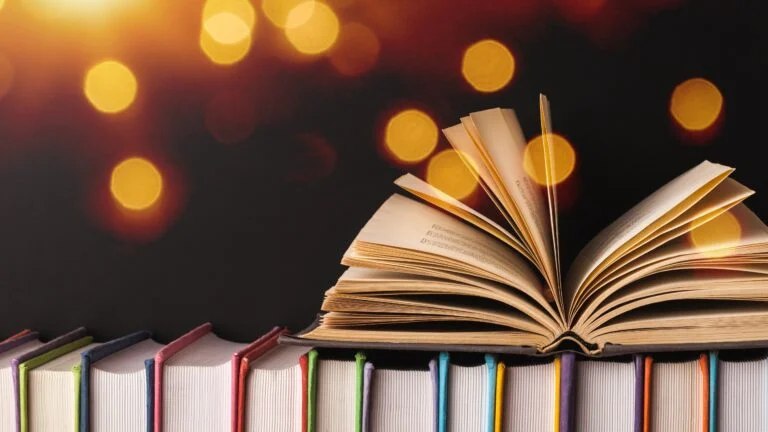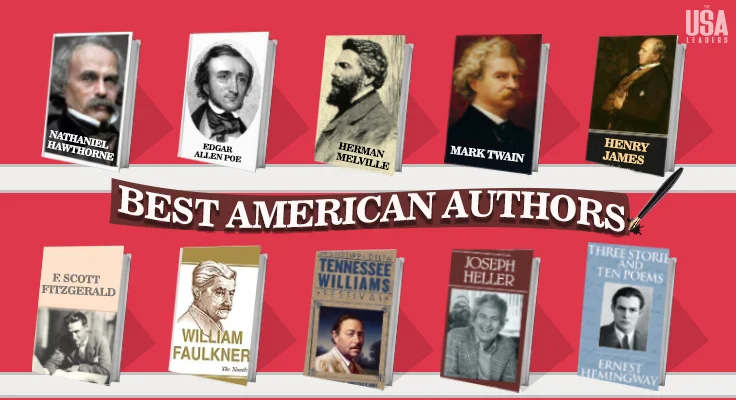Unit Progress
0% Complete

Types of Books:
- Novel: A long work of fiction.
- Biography: A detailed description of a person’s life.
- Autobiography: A person’s life story written by themselves.
- Short story: A brief work of fiction.
- Non-fiction: Books based on facts and real events.
- Fiction: Imaginary stories and events.
- Fantasy: Fiction with magical or supernatural elements.
- Mystery: A book about solving a crime or uncovering secrets.
- Science fiction: A genre based on imagined future scientific or technological advances.
- Romance: A book centered around love stories.
- Graphic novel: A novel in comic-strip format.
- Historical fiction: Fictional stories set in a historical time.
- Poetry: A book composed of poems.

Parts of a Book:
- Title: The name of the book.
- Cover: The outside of the book.
- Spine: The edge of the book where the pages are bound.
- Blurb: A short description of the book, usually on the back cover.
- Table of contents: A list of chapters or sections in the book.
- Foreword: An introduction to the book, typically written by someone other than the author.
- Preface: A brief introduction by the author.
- Index: A list of topics in the book with page numbers.
- Glossary: A list of difficult words in the book with their meanings.
- Appendix: Extra information at the end of a book.
- Chapter: A section of a book, often numbered.
- Page: A single sheet in a book.
- Dedication: A message where the author gives thanks or honors someone.
- Epilogue: A section at the end of the book that comments on the story.

People Related to Books:
- Author: The person who writes the book.
- Illustrator: The person who draws or creates images for the book.
- Editor: The person who reviews and corrects the book before publication.
- Publisher: The company that prints and distributes the book.
- Reader: The person who reads the book.
- Protagonist: The main character in the book.
- Antagonist: The character who opposes the protagonist.

Describing Books:
- Plot: The events that make up the story.
- Setting: The time and place where the story happens.
- Theme: The main idea or message of the book.
- Tone: The author’s attitude or feeling in the writing.
- Genre: The category of literature (e.g., fiction, fantasy).
- Narrator: The person or voice telling the story.
- Suspense: The feeling of tension and excitement.
- Climax: The most intense or important point in the story.
- Resolution: The part of the story where the problem is solved.

Actions Related to Books:
- To read: To look at and understand written words.
- To write: To create a book or text.
- To publish: To make a book available to the public.
- To edit: To review and make corrections to the book.
- To borrow: To take a book from a library for a limited time.
- To return: To bring back a borrowed book.
- To lend: To give a book to someone temporarily.
- To skim: To read quickly to get the main ideas.
- To summarize: To briefly explain the main points of a book.
- To annotate: To add notes or comments to a text.
Learning Activities:
Activity #1 Book Vocabulary Bingo
- How it works: Create Bingo cards with different book-related vocabulary words (e.g., “author,” “chapter,” “plot,” “genre”). Call out definitions of the words, and students must mark the correct word on their cards. The first student to complete a row or full card yells “Bingo!” and wins a small prize.
- Why it’s fun: It’s a classic, interactive game that turns vocabulary review into a fun, competitive activity.
Activity #2 Book Cover Design Challenge
- How it works: Students bring a book to class (any book) and explain to the class where each thing is. For example: “title,” “author,” “spine,” and “blurb.”, etc.
Activity #3 Vocabulary Pictionary
- How it works: Divide the class into teams. One student from each team draws a book-related word (e.g., “cover,” “climax,” “chapter”) while their teammates try to guess the word. You can create a list of vocabulary words and give students a time limit to guess.
- Why it’s fun: It’s a fast-paced, competitive game where students practice visualizing and understanding the vocabulary in a fun, artistic way.
Activity #4 Vocabulary Relay Race
- How it works: Set up a relay race where students run to the board and write down a word related to books when given a definition or description. For example, if the teacher says “the person who writes a book,” students run to the board and write “author.” The first team to finish with all correct answers wins.
- Why it’s fun: It adds an element of physical activity and excitement while helping students review vocabulary.
